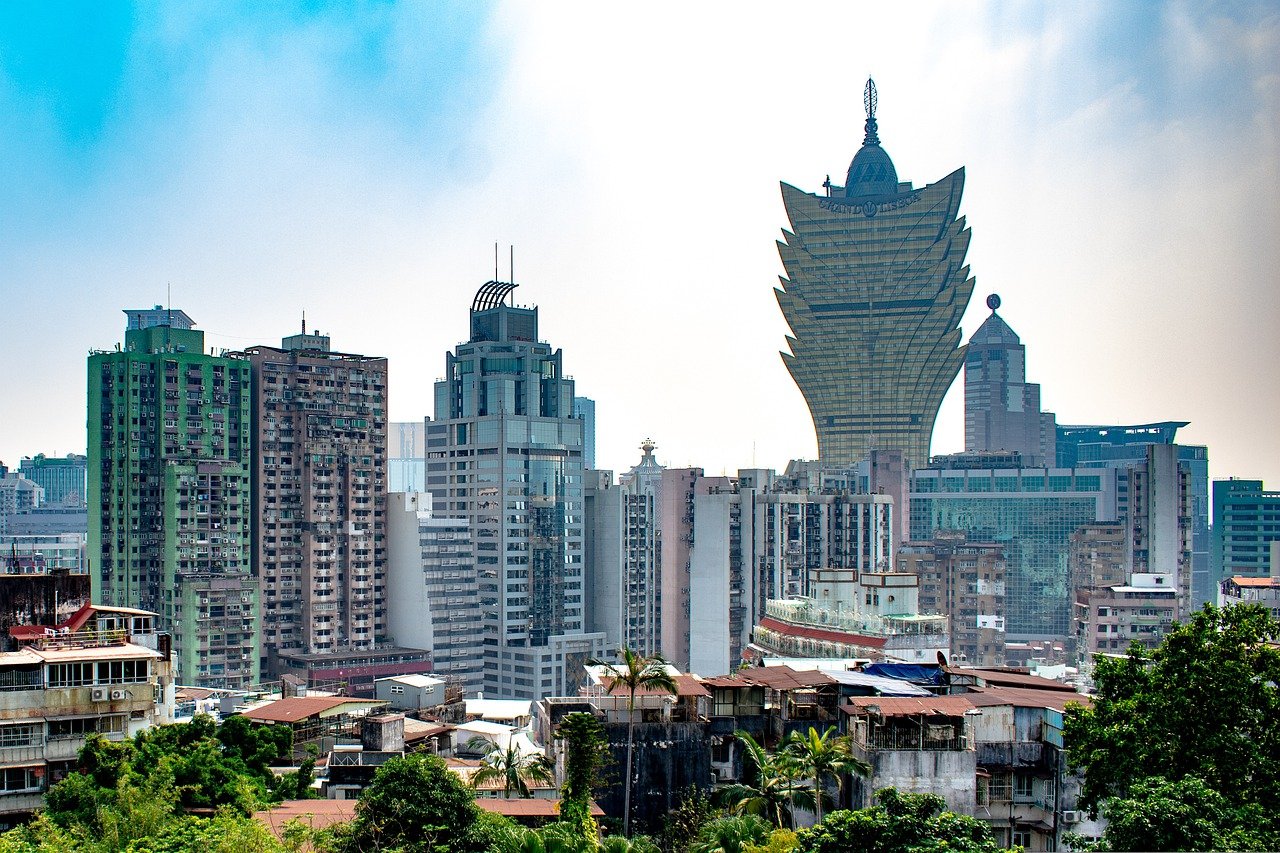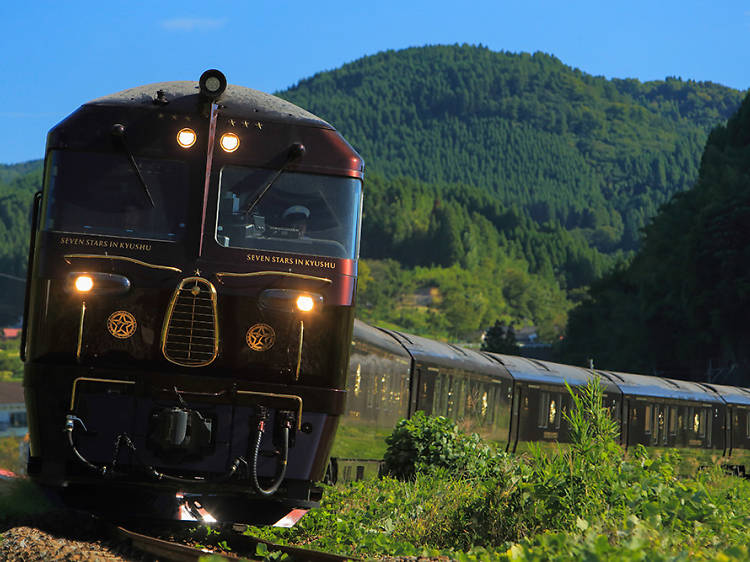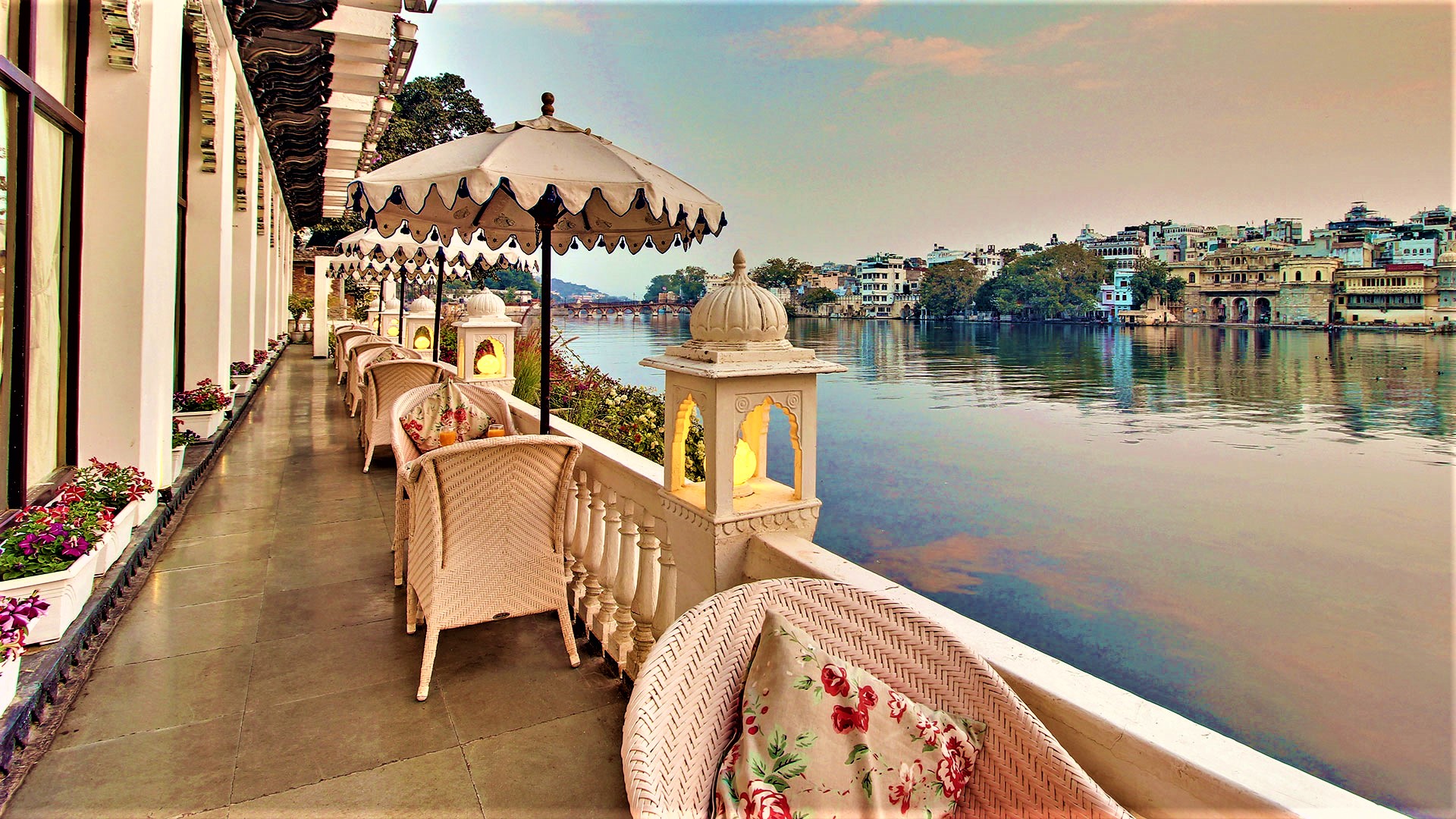Aurora Australis is the scientific term given to the natural light phenomenon of the Southern Lights in New Zealand. This is the same phenomenon as its more famous, northern sibling, the aurora borealis. Plasma particles emanating from the Sun collide with the matter in our atmosphere and it excites these atoms and molecules and causes ionization these atoms and molecules release this energy in the form that we see as the color of the night sky.
While the aurora borealis may be more famous, the aurora australis occurs far more regularly and visitors are more likely to see the aurora australis in New Zealand and can be seen throughout the year.
Best Time to Visit to see the Aurora Australis
However, although visitors are more likely to see the aurora australis in New Zealand than the aurora borealis in Europe, there are several considerations to keep in mind when planning a trip to the country. The aurora australis in New Zealand can be most clearly seen during the winter months between June and August. These days are shorter during the winter, and the darkness lasts longer, maximizing your ability to see the aurora.
The moon’s cycle can also affect visibility so try to align your travels on a day that doesn’t fall on a full moon, as this can obscure the aurora. The spring months between September and November are also a good time to see Aurora Australis in New Zealand as the weather is much more pleasant during this time as well.
During the summer months between December and April, while it may still technically be possible to see the aurora australis in New Zealand, it will be more difficult to get a glimpse of it during this time of year. Fall is similar to spring with a very good chance of seeing aurora australis as night falls. Travelers visiting the area during this time of year also have the added bonus of seeing the warm fall colors in the Mackenzie Basin area.
Where to See the Aurora Australis Around New Zealand
New Zealand is notable because there are many places around the South Island where you will be able to get incredible views of the aurora australis.
- Queenstown
While Queenstown is known as the Mecca for adventure sports, the incredibly clear skies over Queenstown are prime stargazing spots and provide the perfect location to see Aurora Australia. Areas south of Lake Wakatipu or on Lake Hayes are well-known areas to be able to see the aurora.
- Lake Tekapo
Lake Tekapo is also another popular destination in terms of the ability to see Aurora Australia. The skies around Lake Tekapo also come under the Aoraki Mackenzie International Dark Sky Reserve and the summit of Mount John are famous stargazing spot among the stargazing community.
- The Catlins
Another destination that is known for being a great place to stare and see the aurora australis in New Zealand is the less populated coastal region of the Catlins. The city lights are well and truly left behind, perfect for stargazing, for an inky velvety dark sky.
- Stewart Island
Stewart Island is yet another popular destination in New Zealand for stargazing and seeing the aurora australis. Since more than 85% of the island is comprised of Rakiura National Park, there is plenty to do during the day while you wait for the night to see the aurora.
- The Great Barrier Island
Great Barrier Island is another International Dark Sky Reserve near the coast near Auckland and was designated in 2017. This is probably the best option for travelers who are not planning to head to the South Island.
- Invercargill
New Zealand’s southernmost city, Invercargill, is one of the most popular tourist destinations to see Aurora Australis. Because the aurora originates near the South Pole, Invercargill offers visitors some of the best opportunities to catch one of nature’s most famous phenomena.
Best Weather Conditions to See Aurora Australis
Most people looking for aurora australis in New Zealand stay updated on weather conditions because while the southern aurora is more frequent, it is also highly unpredictable. This makes it subject to extreme weather changes and has also been known to appear within half an hour’s notice. So in order to maximize their chances of seeing the aurora, travelers should try to align their trip keeping in mind the daily weather conditions.
Auroras are the result of strong solar winds reacting with Earth’s magnetic field and, as a result, require a dark sky free not only of light pollutants but also free of cloud cover. Additionally, the Moon can also obscure the aurora, so even a night free of moonlight will increase your chances of catching an aurora.
Similar Articles
- New Zealand – The 10 Best Road Trips
- New Zealand Festivals You’ve Never Heard of
- Top Places to Visit in New Zealand
Important Links
Time in New Zealand (Link)
New Zealand Flag (Link)
New Zealand Map (Link)
Auckland New Zealand (Link)
New Zealand Prime Minister (Link)
New Zealand News (Link)
New Zealand Currency (Link)
New Zealand Dollar to USD (Link)
Capital of New Zealand (Link)
Frequently Asked Questions About Southern Lights
Q. Who is called Southern Light?
A – The Southern Lights, also known as the aurora australis, are the brightest atmospheric display visible in the Southern Hemisphere.
Q. What is the best month to see the Southern Lights?
A – The Southern Lights can be seen throughout the year – although usually during the winter (May to August) and during the spring equinox in September.
Q. What is the difference between northern lights and southern lights?
A – Both the northern and southern lights are types of auroras. main difference? One is near the South Pole, and the other is at the North. The scientific name for the northern lights is aurora borealis, while the scientific name for the southern lights is aurora australis.
Q. When is the best time to visit Aurora Australia?
A – The best time of year to see the lights is around the vernal and equinox in September, but you can theoretically see the Southern Lights from Tasmania all year round.
Q. When can you watch Aurora Australia in New Zealand?
A – The aurora australis in New Zealand can be most clearly seen during the winter months between June and August. These days are shorter during the winter, and the darkness lasts longer, maximizing your ability to see the aurora.









